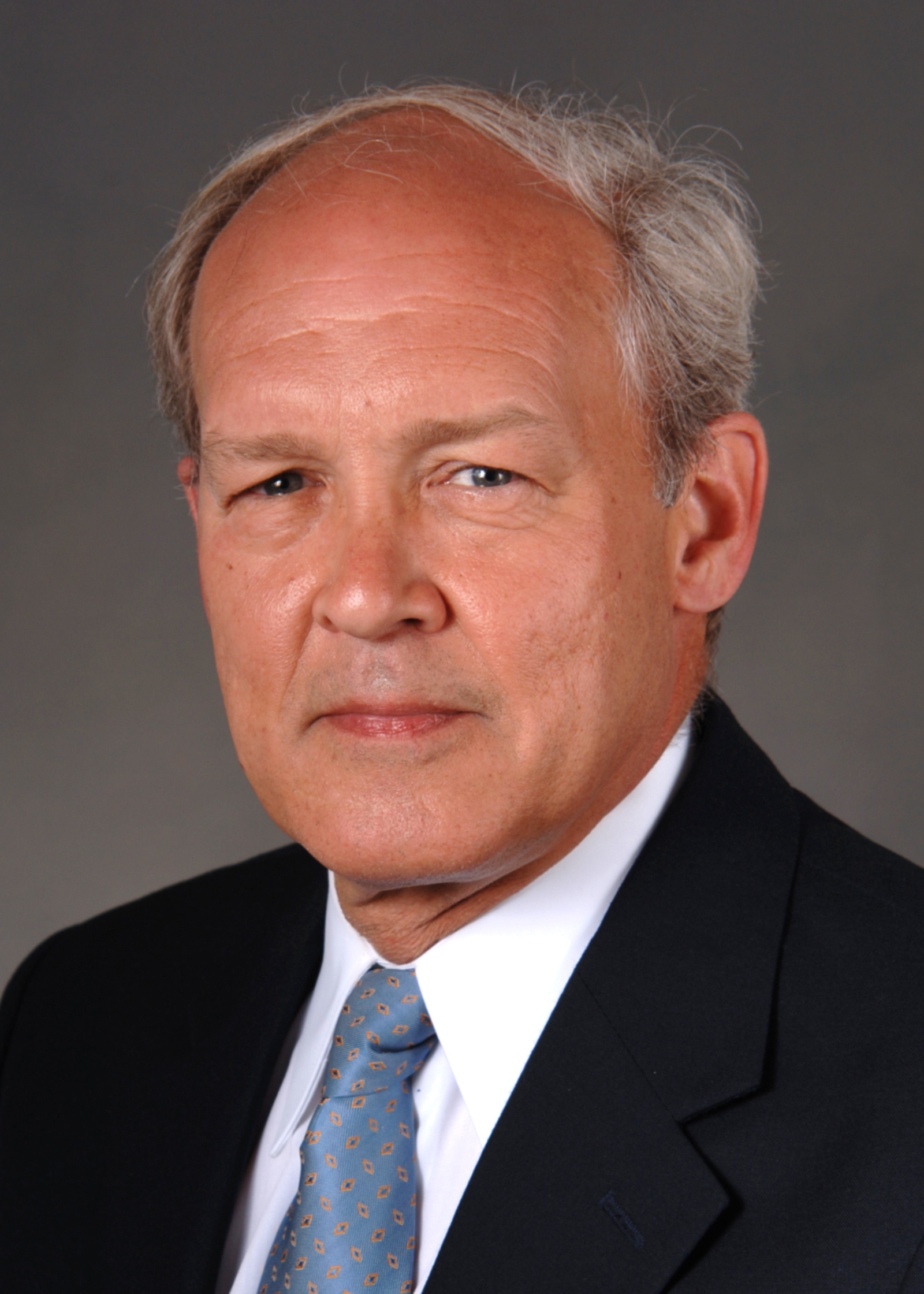...
Download the PDF: Auchincloss_Hugh_oral_history (588 kB)
Dr. Hugh Auchincloss
November 28, 2022
...
Harden: That's also when you started publishing. Your first paper in 1981 was in the prestigious Journal of Immunology, and it was followed fairly quickly by 13 more publications by 1985. These were highly technical studies, so would you tell me a bit about this work?
Christine and David Sachs, who was a mentor to Hugh Auchincloss.
Auchincloss: Everything we did while I was there turned out to be based on an incorrect hypothesis, but David Sachs ran an extraordinary laboratory. There was enormous productivity from everybody who was there. I benefited from the quality of people around me and the laboratory that I worked in. The fundamental thing that we were trying to understand was the T-cell receptor. Nobody knew quite what the T-cell receptor was at that point. We knew about B-cells and about antibodies, which were also the B cell receptors. We thought the T-cell receptor probably had something to do with antibodies, and therefore we were trying to immunize mice against what we thought would be the T-cell receptor in order to influence what their future immune repertoire would be. It turns out that the T-cell receptor has nothing to do with the B-cell receptor, and we were completely barking up the wrong tree. But at that time, people were very interested in that hypothesis, and some good journals took some of our papers that ended up, in the end, really disproving our fundamental hypothesis.
...
The other aspect of my job that has been very important to me has been developing the institute’s leadership. Cliff Lane and Dan Rotrosen were appointed before my tenure and J.J. McGowan [Dr. John J. McGowan] picked Jill Harper [Dr. Jill R. Harper] as his successor. The other six senior leadership positions have been filled while I was here and while Dr. Fauci made the final decision in every case, I feel that I made important and, in a few cases critical contributions. Beyond the senior leadership, I have delighted in looking for leadership potential among the next generation. I believe that I’ve nudged at least thirty promising younger staff members forward in their careers. I feel very confident that NIAID will be in good hands for many years to come. As they say, at NIAID we have a really strong bench. One thing that I am absolutely certain of is that the standards of commitment and integrity that Dr. Fauci has etched into the character of NIAID will remain for decades to come.
Dr. Kathryn Zoon, Mrs. Elaine LaMontagne, and Dr. Hugh Auchincloss at the dedication of a community-based laboratory and clinical research site in Bancoumana, Mali that honors the life and work of Dr. John R. LaMontagne. From the NIH Record, March 19, 2010, p. 8.
Harden: You mentioned that John LaMontagne held your position previously, and during a 2010 trip to Mali, you inaugurated a laboratory in Dr. LaMontagne’s memory. You were also celebrating the 20th anniversary of NIAID'S partnership with the University of Bamako for research on Anopheles mosquitoes that transmit malaria. Will you tell me about this NIAID-University of Bamako effort and the dedication of the laboratory?
Dr. Kathryn Zoon, Mrs. Elaine LaMontagne, and Dr. Hugh Auchincloss at the dedication of a community-based laboratory and clinical research site in Bancoumana, Mali that honors the life and work of Dr. John R. LaMontagne (from NIH Record, March 19, 2010, p. 8.
Auchincloss: The partnership with the University of Bamako and NIAID is really quite an extraordinary affair that's been going on at least 30 years now. It got started when individual NIAID scientists realized that the environment there, first for the study of malaria, but then also for other tropical diseases, was really spectacular. And the university was totally committed to joining with us. This was organized long before my time, but NIAID was totally committed to working with them. Over the years, the Malians have been so well trained—they have done postdocs and fellowships in the United States and then gone back to Mali—that many of our research projects are really run almost entirely by the Malians to this day.
...
Harden: Also, in 2010, you traveled to China to launch the Sino-US Tuberculosis Prevention and Treatment Project, which was focused especially on multidrug-resistant tuberculosis. Will you tell me about that initiative?
Dr. Hugh Auchincloss speaking at the opening of a Sino-U.S. (Henan) Tuberculosis Prevention and Treatment Research Institute, Zhengzhou, China, March 11, 2010. Behind him is Dr. Karyl Barron. (see story in NIH Record, April 30, 2010, p. 3). Photo courtesy of the U.S. Embassy in China.
...
I met George W. Bush [President George W. Bush] when Tony invited several us to accompany him to the White House to receive the National Medal for Science. I was not a fan of this president for many reasons, but he did ask Tony to organize the President’s Emergency Plan For AIDS Relief (PEPFAR), which saved the lives of millions of people in sub-Saharan Africa by providing them with access to drugs to treat their previously fatal HIV infection.
2008 White House Medal of Freedom to Dr. Anthony Fauci event. L-R: Greg Folkers, Dr. Clifford Lane, Dr. John Gallin, Patricia Conrad, Dr. Anthony Fauci, Dr. John J. McGowan, Dr. Hugh Auchincloss, Elaine Gallin.
...
Harden: Thanks, Dr. Auchincloss, for an exceptionally fine oral history.






